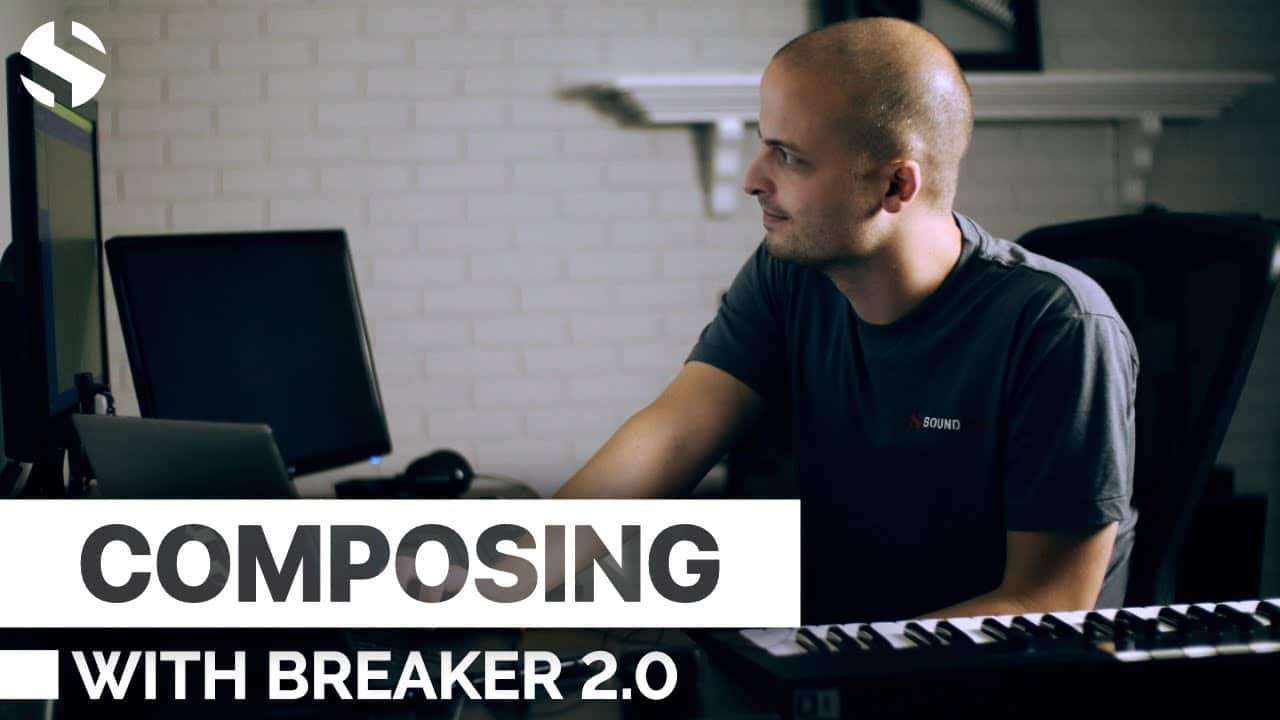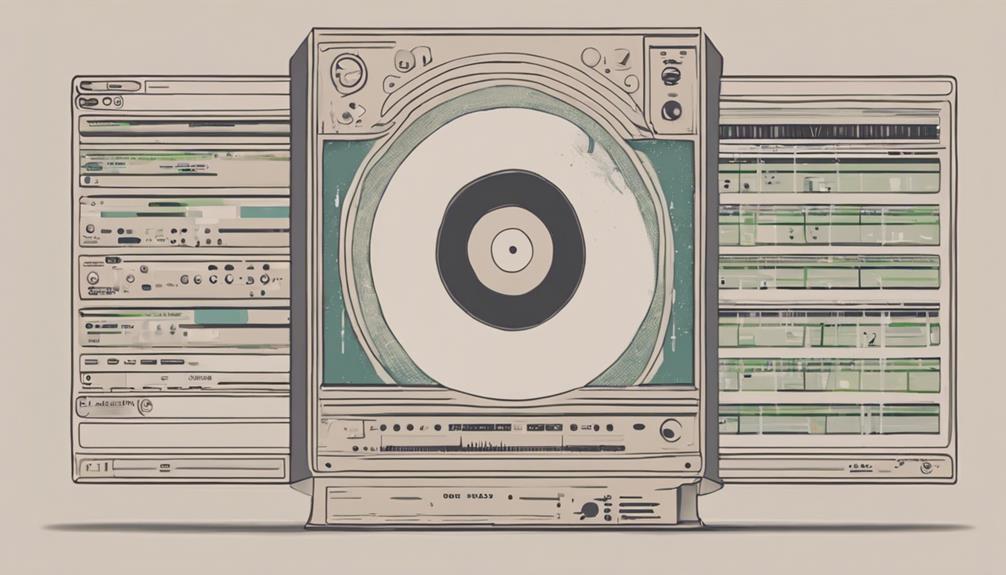An Analysis of Film Score Production and Composition Traits implemented within the works of Hans Zimmer by Cameron E Smith

Introduction from the Paper:
The advancements of technology in the music industry move at a rapid rate. Within the past century, the core industries have evolved into numerous sub cultures and niche employment careers. Throughout these historical developments, certain individuals have undoubtedly been identified as the seminal mavericks of the industries, bringing forward creative innovations within their fields.
The history of film music has witnessed this same trait during which many composers have been hailed as the seminal individuals of their time. Max Steiner is repeatedly accredited as being the first to synchronize musical elements of the score to the visuals (Pratt, 2009), notably in Merian Cooper and Ernest Schoedsack’s King Kong (1933). Bernard Herrmann kickstarted the collaborative approach to composition which led to the iconic Alfred Hitchcock films Vertigo (1958), North By Northwest (1959), and Psycho (1960). Five-time Academy Award winner John Williams undoubtedly has left his mark on the film music scene, and whose ‘big orchestral sound’ can be found on numerous blockbuster films, such as Schindler’s List (1993), Jaws (1975), the Indiana Jones (1981) and the Star Wars (1977) franchise. The 21st Century has continued to bring forward pioneering individuals within the industry of film music, with one arguably leaving a footprint as large as the others. Hans Zimmer is an internationally renowned film composer, producer, and performer, and has built up a celebrity-grade reputation as one of the most influential composers of the 21st Century. Zimmer has scored music for over a hundred films, collaborated with many world class directors, and received numerous awards for his compositional works.










